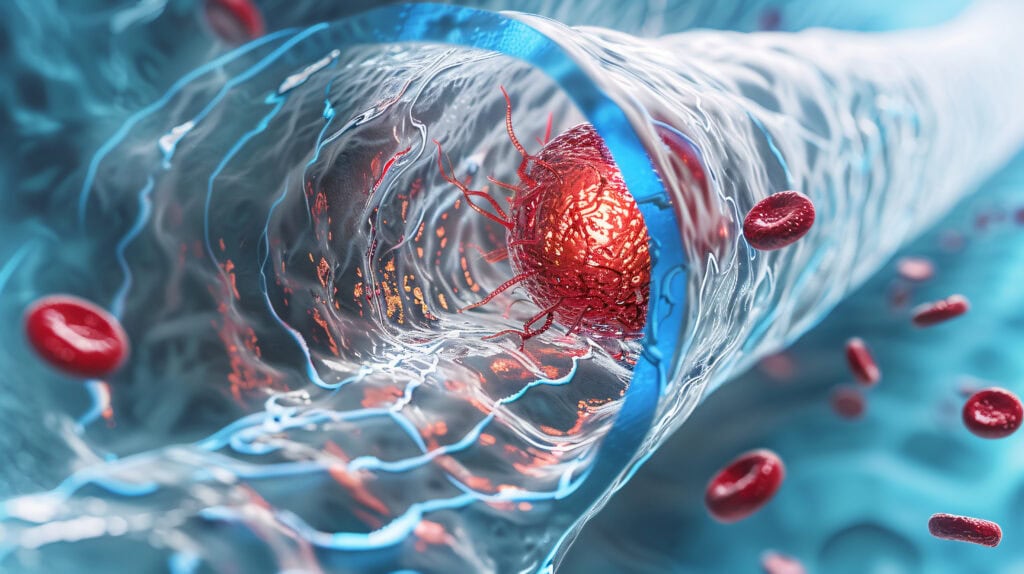Wednesday, August 13, 2 p.m. EDT
Hydrogels are rapidly transforming the medical device landscape, offering material properties that more closely emulate natural tissues than traditional rigid alternatives. In the upcoming webinar, “Squeezing the Most Out of Hydrogel Medical Devices,” Dr. Gavin Braithwaite will provide an in-depth perspective on how these unique polymers are advancing the field, what considerations must be made when designing with them, and how both testing and regulatory pathways are struggling to keep pace.
What Makes Hydrogels Special in Medicine?
Hydrogels, found naturally in places like the vitreous of the eye and cartilage of the knee, are networks of polymers that retain large amounts of water, combining the flexibility of liquids with the structural integrity of solids. This duality makes them especially suited for medical device applications where a material needs to interact harmoniously with human tissue—for example, soft contact lenses, wound dressings, and implantable devices. The morphology of hydrogels and their dynamic response to environmental conditions encourages their use in combination products where both therapeutic drug release and mechanical properties are needed.
Selecting and Designing with Hydrogels
Dr. Braithwaite will detail the complex process of choosing the right hydrogel for specific device needs. Unlike metals or plastics, hydrogels offer a vast chemical palette, allowing engineers to tune stiffness, porosity, and water content to suit a particular biological function. This customization means designers must weigh numerous factors:
- Hydrogel chemistry: The base polymers selected greatly impact biocompatibility and durability. Intentional degradation behavior can be designed into the chemistry.
- Structure and architecture: Network density and cross-linking affect performance and response in the body.
- End-use environment: Considerations like exposure to fluids, enzymes, or physical stress guide design choices.
Testing Challenges: Not Just Any Protocol Will Do
One of the standout points in the webinar will be the unique testing and characterization challenges posed by hydrogels. Standard tests designed for hard plastics or metals often fall short when used on soft, dynamic materials like hydrogels. Dr. Braithwaite will highlight several critical areas:
- Fatigue testing: Hydrogels experience wear in very different ways than rigid materials.
- Thermal aging: Their water-rich nature means temperature changes can alter properties considerably.
- Biocompatibility: Absorption of aqueous solvents and expulsion of water from the hydrogel in non-polar solvents can make assessment of biological safety challenging.
Testing protocols must be adapted or reinvented to accurately assess the safety and longevity of hydrogel devices.
The Regulatory Maze for Hydrogel Devices
The regulatory landscape is another domain where hydrogels face unique obstacles. Many established standards were originally developed for rigid materials and can present mismatched requirements for hydrogels. Dr. Braithwaite will explain:
- Legacy tests may not be “fit for purpose” for soft materials.
- Evolving standards: Developers sometimes need to work with regulators to establish new or modified test methods for hydrogels.
- Impact on innovation: These regulatory complexities can slow development and approval of innovative hydrogel-based devices.
Moving Forward: Balancing Opportunity and Challenge
Dr. Braithwaite’s session will emphasize both the potential of hydrogels, from mimicking real tissue to enabling next-generation therapies, and the hurdles that still slow their adoption. From the chemistry bench to regulatory filings, every step demands careful consideration and sometimes, entirely new approaches.
Key Takeaways:
- Hydrogels are reshaping how we replicate and repair human tissue in medicine.
- Material selection requires a careful balance of chemistry, structure, and intended use.
- Standard testing and regulations often need significant adaptation for these polymers.
- Close collaboration with regulatory bodies is crucial for successful device approval.
Mark your calendar for Wednesday, August 13 at 2 p.m. For anyone interested in the intersection of materials science and medical innovation, this webinar is your opportunity to learn how hydrogels are shaping the future of medical devices and what it takes to bring new hydrogel-based solutions to market. Reserve your spot today!

